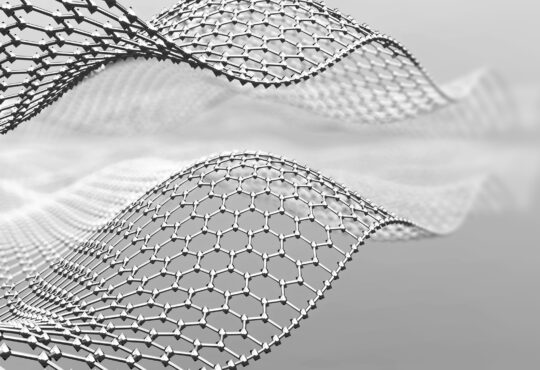
Augmented reality like Virtual reality has gained prominence and fame in the recent years. It is a technological trend which continues to grow. It allows users to visualize real life environment with an overlay of digital augmentation to provide an interactive experience.
AR can be accessed on conventional devices like smartphones, tablets etc. through certain applications. For an experience to be categorized as AR, it must meet three prerequisites-
- Combine the real and virtual worlds
- Provide accurate 3D registration of virtual and real objects
- Create a real time interaction
Though most AR’s share common features; there are some differences between them that make them more suitable for particular tasks.
All the types of AR can be segmented under two heads. Let’s discuss these-
A] AR based on Markers
AR Based on markers is a simple and expensive system which has already been introduced into the routine life of human beings through filters and games.
To position objects in a given space; marker-based AR’s use target images i.e., markers. The markers determine the placing of 3D digital content within the user’s field of view. In simple terms, marker-based AR applications are linked to specific image pattern marker in real world environment to superimpose the 3D virtual object on it.
A marker-based system requires modules like camera, image capture, image processing, and marker tracking.
B] AR without Markers
Contrary to Marker based AR; this technology is able to detect objects or characteristic points in a scene without prior knowledge of the environment. They allow positioning of 3D objects by examining features present in the data at the current time. They don’t need an object tracking system due to the advancements of technology. AR without markers employ simultaneous localization and mapping to scan the environment and create appropriate maps to place the virtual objects. There are four categories of AR without markers namely; location-based AR, projection-based AR, overlay AR and contour-based AR. Each has its own features and functions.
Due to increased demand for AR, several agencies like Upreal AR agency provide services to create a flawless AR design according to the requirements of their clients. Augmented reality, superimposes the computer-generated content on user’s real-world view, creating an altered form of reality. This provides great opportunities in several fields like healthcare, interior designing, military, training, and so on. The type of augmented reality to be utilized for each differs according to the function to be served.







